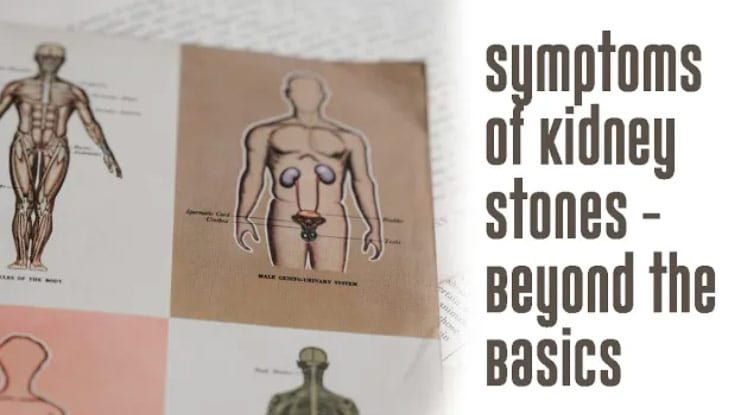KEY TAKEAWAYS:
- Kidney stones are prevalent in Florida, with dehydration and heat as contributing factors.
- Dr. Amar Raval, a urologist in Tampa, FL, employs imaging tests to diagnose kidney stones and determine the most appropriate treatment.
- Treatment options for kidney stones include stent placement, ESWL, and laser lithotripsy, all of which are minimally invasive and leverage advanced technology.
Introduction
Kidney stones are a common issue faced by many, especially in Florida, where heat and dehydration contribute to their development. Dr. Amar J. Raval, a reputable urologist in Tampa, FL, at the Advanced Urology Institute, shares his approach to diagnosing and treating kidney stones, leveraging the latest technology and minimally invasive techniques.
Symptoms of Kidney Stones
Patients with kidney stones usually experience a sudden onset of flank pain that doesn’t subside with oral medication, nausea, vomiting, fever, chills, and blood in their urine. These symptoms often prompt them to seek medical attention and undergo imaging tests to identify the presence of kidney stones.
Diagnosis of Kidney Stones
When a patient presents with symptoms indicative of kidney stones, Dr. Raval employs imaging tests, such as X-rays, ultrasounds, or CT scans, to visualize the stones and assess their size, location, and possible obstruction. This information is crucial in determining the best course of treatment for the patient.
Treatment Options for Kidney Stones
Dr. Raval emphasizes that modern technology has significantly advanced kidney stone treatment, offering several minimally invasive approaches:
- Stent Placement: A temporary stent may be inserted into the ureter to bypass the stone and alleviate pain. This procedure is often performed when the stone is too large to pass naturally or is causing severe symptoms.
- Extracorporeal Shock Wave Lithotripsy (ESWL): This non-invasive technique uses shock waves to break the kidney stone into smaller pieces, enabling the patient to pass them more easily through the urinary tract.
- Laser Lithotripsy: In this minimally invasive procedure, a ureteroscope is inserted through the urethra and bladder to reach the stone. A laser is then used to break the stone into tiny fragments, which can be passed naturally or removed using a small basket-like device. A sample of the stone may also be sent for analysis to determine its composition and help prevent future stone formation.
Advanced Urology Institute: Your Partner in Kidney Stone Treatment
At the Advanced Urology Institute, the largest urology practice in Florida, Dr. Amar Raval and his team of skilled professionals are committed to providing the highest quality care for patients with kidney stones. Leveraging cutting-edge technology and innovative treatment options, they ensure that patients can overcome this painful condition with minimal discomfort and a swift recovery.
TRANSCRIPTION:
My name is Amar J. Raval and I’m with Advanced Urology Institute. So kidney disease is very prevalent in Florida because of the heat, lack of hydration being a huge factor. You know, patients generally present with acute onset flank pain that’s, you know, doesn’t resolve with oral medication, nausea, vomiting, fevers, chills, even blood in their urine. Then they ultimately get some sort of imaging that shows that they have a stone that may be obstructing and causing them this discomfort. Approaches are very simple and they’re very endoscopic, don’t require any incisions whether it’s leaving a stent to bypass the stone or if you’re going to treat the stone you can use shock waves from the outside to blast it or a laser to finely fine tune the stone and take a piece of it and send it as a specimen to know what kind of stone it is. So technology is certainly advanced in the realm of kidney stone disease and there’s a lot of minimally invasive approaches to be able to treat that.
REFERENCES:
- “Ureteral Stents: What Are They, Procedure & Recovery.” 25 Aug. 2021, https://my.clevelandclinic.org/health/treatments/21795-ureteral-stents.
- “Kidney Stone Treatment: Shock Wave Lithotripsy.” https://www.kidney.org/atoz/content/kidneystones_shockwave.
- “Kidney stones – Symptoms and causes – Mayo Clinic.” 3 Jun. 2022, https://www.mayoclinic.org/diseases-conditions/kidney-stones/symptoms-causes/syc-20355755.



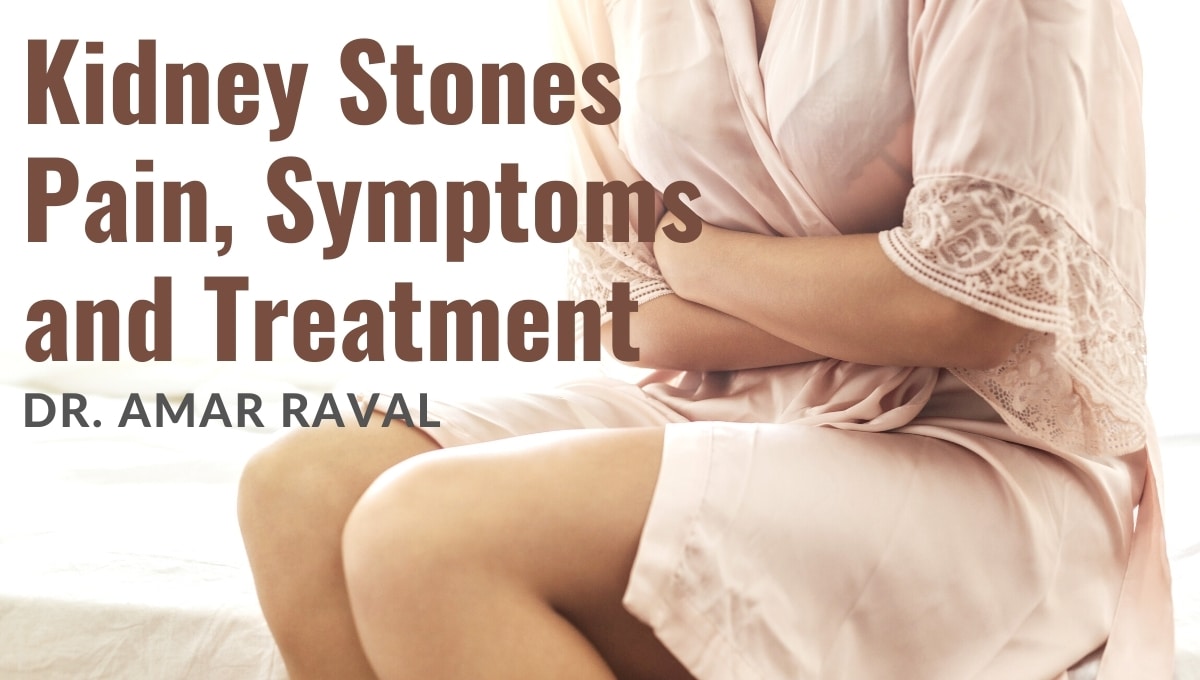
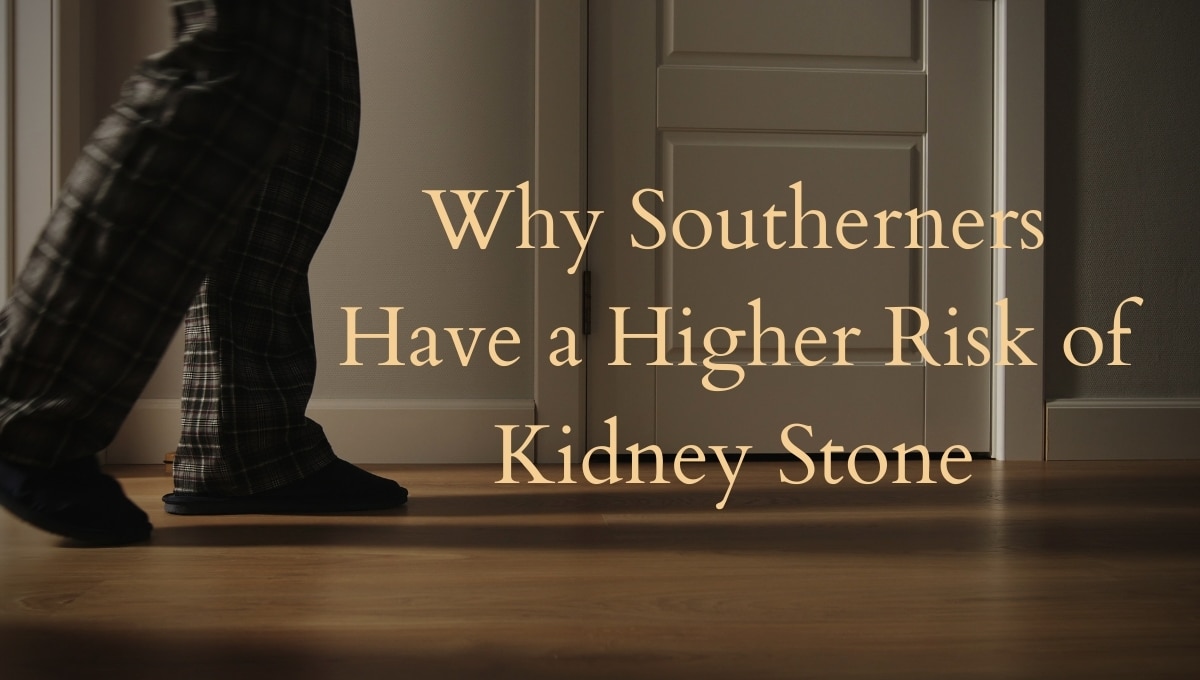
 Obviously the heat is going to play a major role, a lot of it has to do with our diet unfortunately as well. [As with] an American diet, we just don’t eat very well, we’re all a little heavier and that also increases the risk of kidney stones as well.
Obviously the heat is going to play a major role, a lot of it has to do with our diet unfortunately as well. [As with] an American diet, we just don’t eat very well, we’re all a little heavier and that also increases the risk of kidney stones as well.
 (UTIs) are another issue that brings many women, especially older women, to their urologist’s office. UTIs are another urinary issue that can affect both men and women, but they are far more common in women than men. About half of all women will have a UTI in their lifetimes, while only 1 in 10 men will. UTIs are infections that happen in the bladder or urethra. Symptoms include burning while urinating, frequent urges to urinate, and pain in the lower back and abdomen. Urologists can prescribe antibiotics to treat the infection.
(UTIs) are another issue that brings many women, especially older women, to their urologist’s office. UTIs are another urinary issue that can affect both men and women, but they are far more common in women than men. About half of all women will have a UTI in their lifetimes, while only 1 in 10 men will. UTIs are infections that happen in the bladder or urethra. Symptoms include burning while urinating, frequent urges to urinate, and pain in the lower back and abdomen. Urologists can prescribe antibiotics to treat the infection.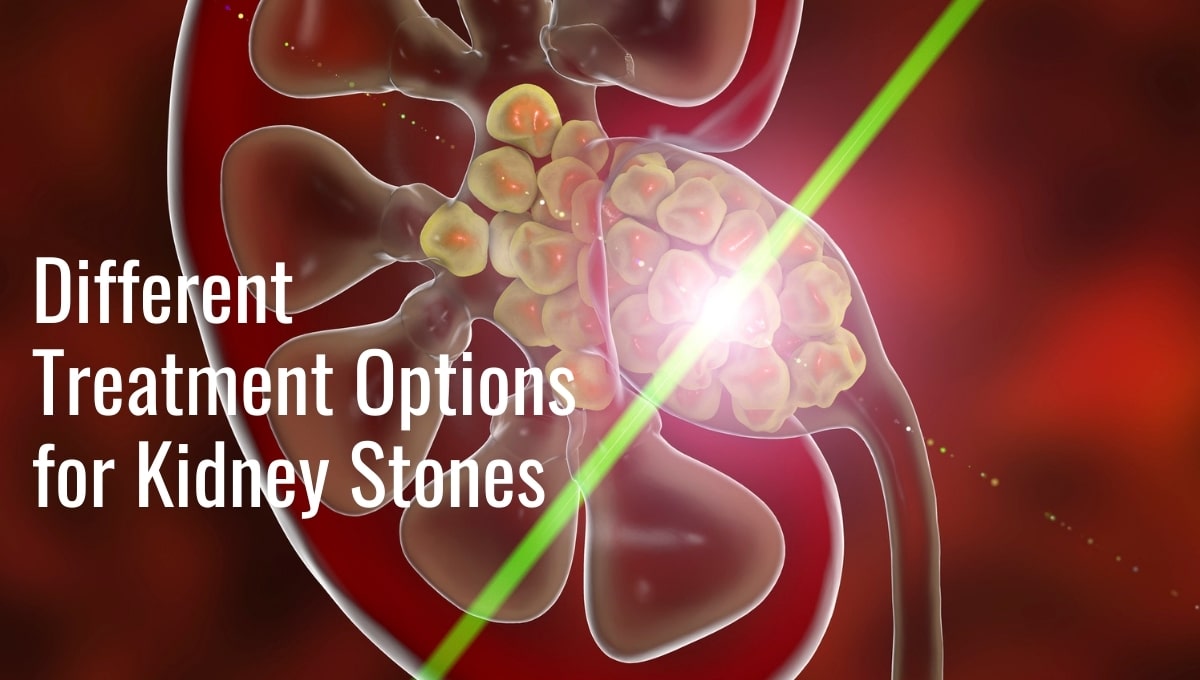

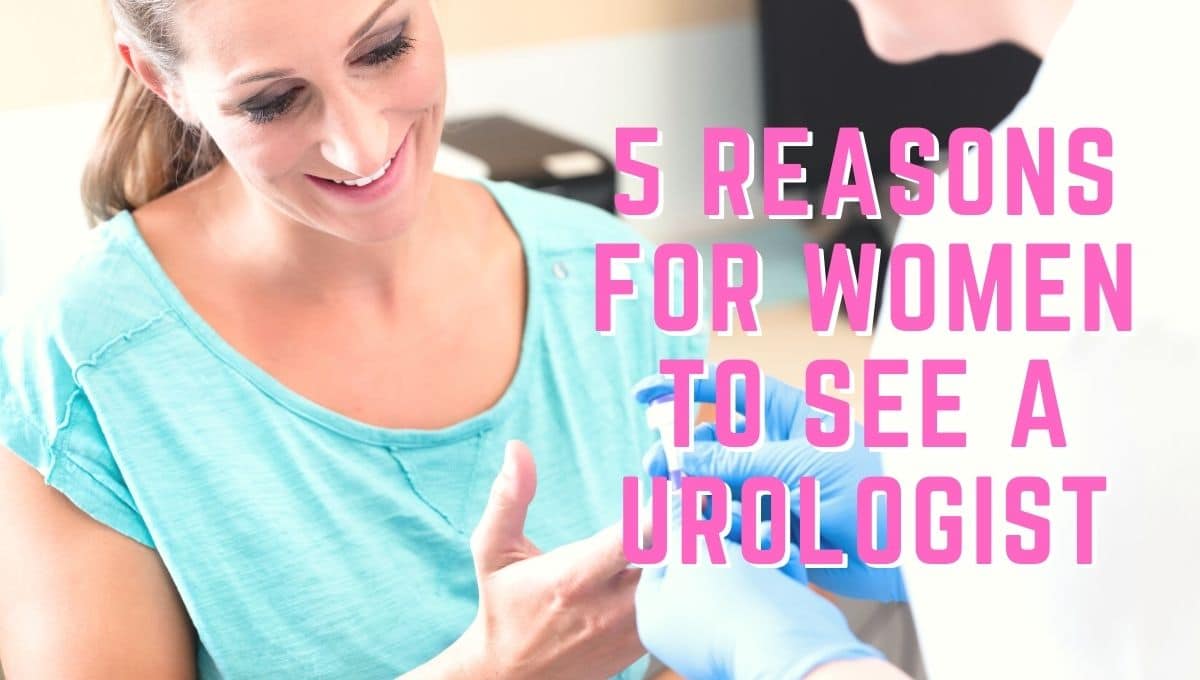
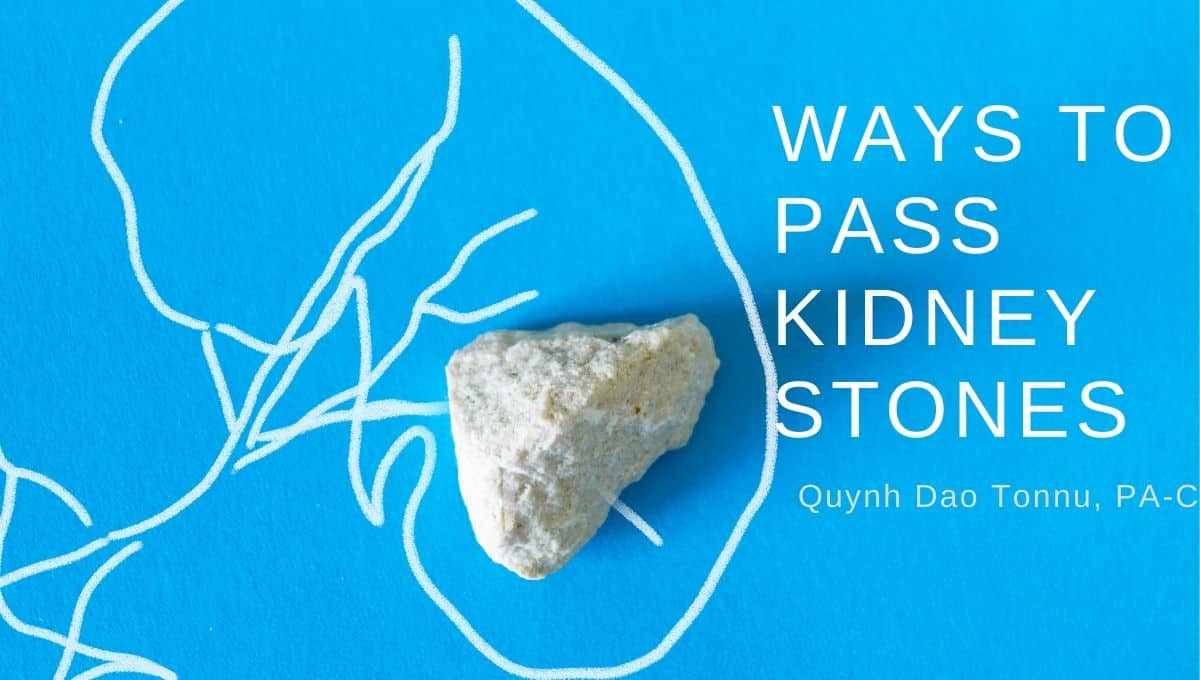
 Finding the best way to help a patient to pass a kidney stone depends on several factors. Not all patients are the same, and the size and difficulty of their kidney stones vary as well. If the stones are smaller than 5 millimeters, the urologist will want the patient to try and pass them naturally. This is the least invasive way to pass
Finding the best way to help a patient to pass a kidney stone depends on several factors. Not all patients are the same, and the size and difficulty of their kidney stones vary as well. If the stones are smaller than 5 millimeters, the urologist will want the patient to try and pass them naturally. This is the least invasive way to pass 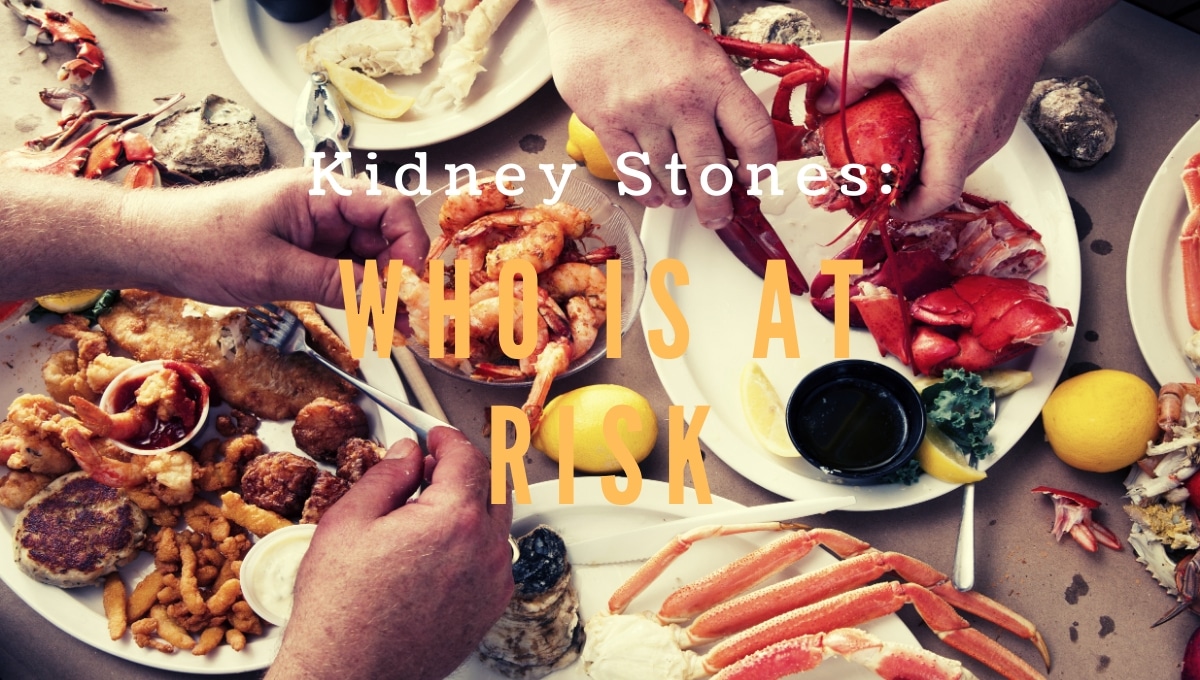
 Although anyone can develop stones, there are certain factors that can indicate who gets them and how they occur. As urologist
Although anyone can develop stones, there are certain factors that can indicate who gets them and how they occur. As urologist 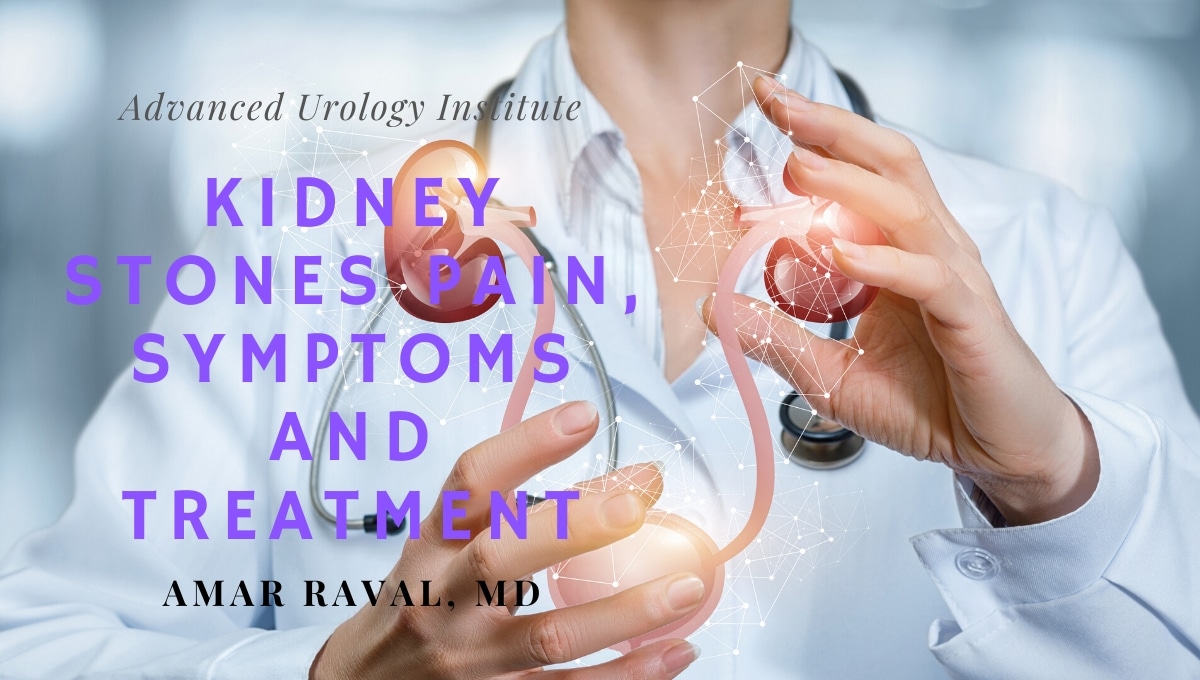
 There are numerous
There are numerous 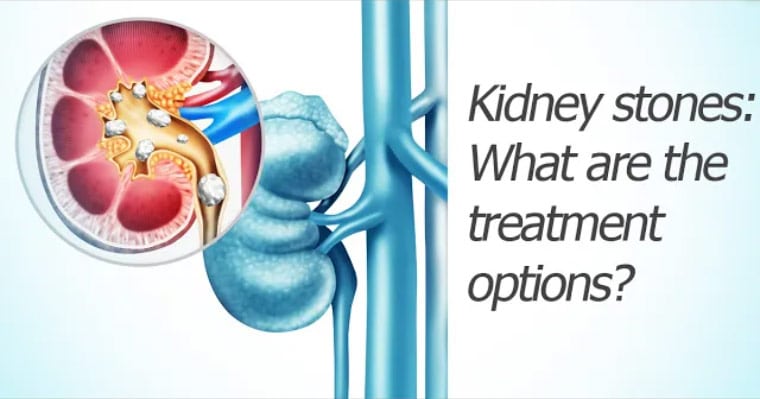
 entities formed of different types of crystals. When they become large, they are extremely painful. They are called
entities formed of different types of crystals. When they become large, they are extremely painful. They are called 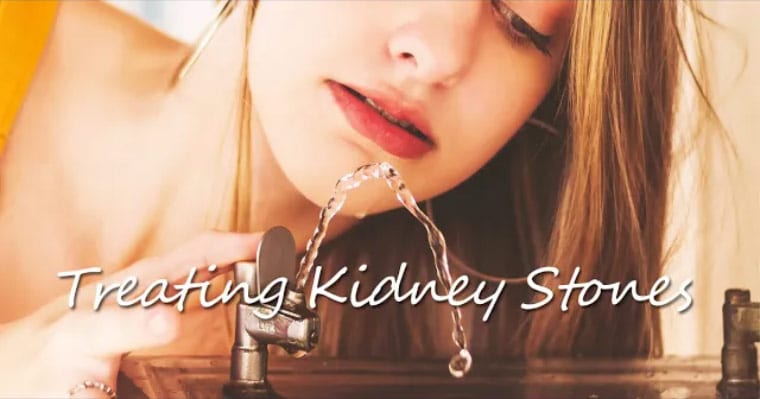
 If you have large stones, however, your urologist may approach them with more extensive treatment. There are several ways to eliminate them. If you have severe pain, an infection, or your
If you have large stones, however, your urologist may approach them with more extensive treatment. There are several ways to eliminate them. If you have severe pain, an infection, or your 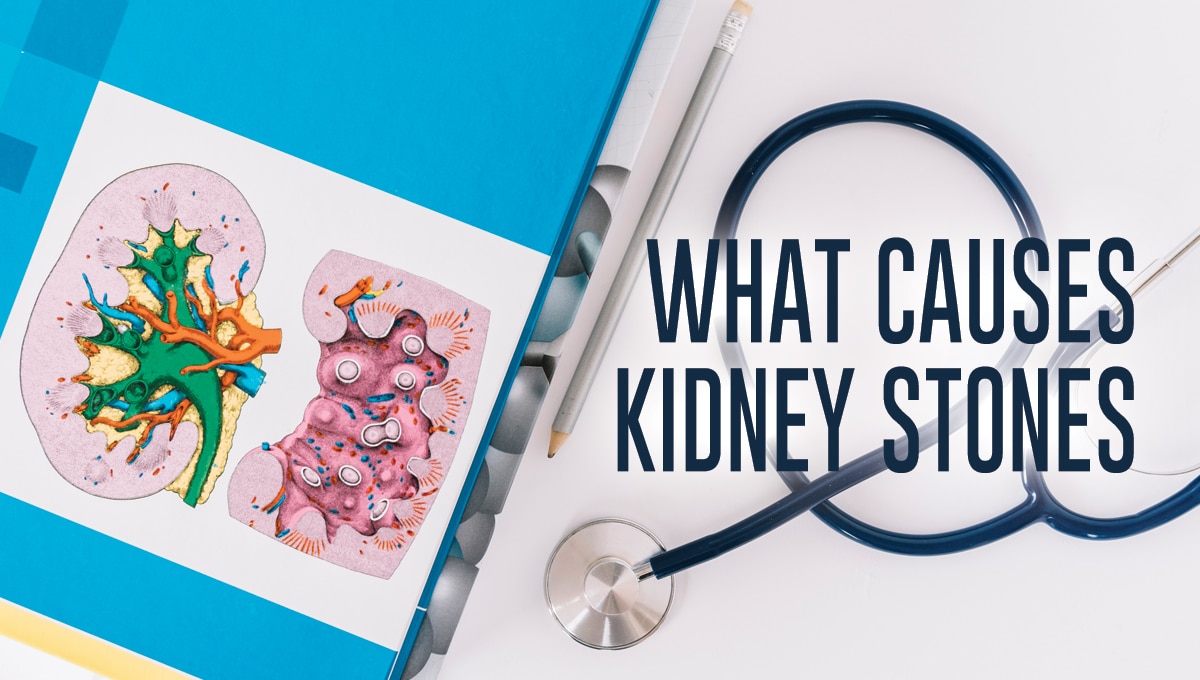
 For a normal person, the kidneys will filter around 200 quarts of blood each day, and they will remove about two quarts of liquid each day in the form of urine. Since a healthy person of around 160 pounds has only five quarts of blood, that means the blood will flow through the kidneys around 40 times per day.
For a normal person, the kidneys will filter around 200 quarts of blood each day, and they will remove about two quarts of liquid each day in the form of urine. Since a healthy person of around 160 pounds has only five quarts of blood, that means the blood will flow through the kidneys around 40 times per day.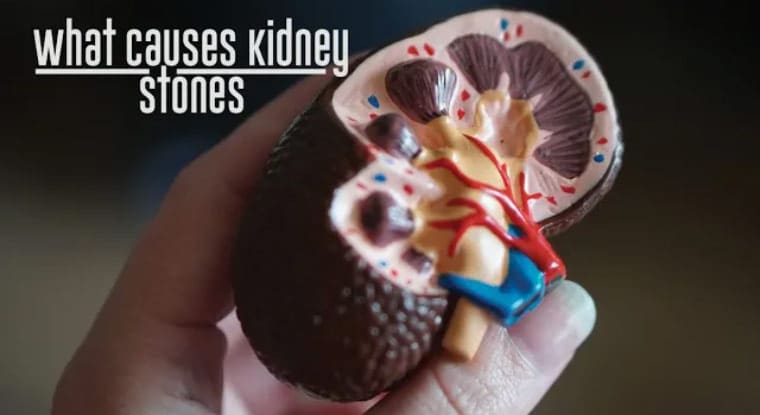
 2. High sodium diet
2. High sodium diet